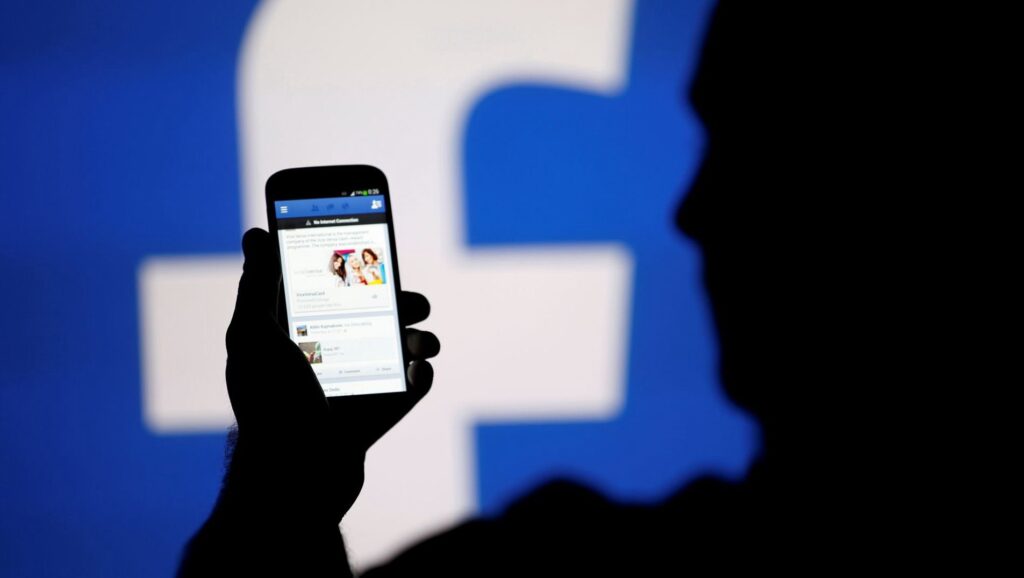In Florence's Uffizi Gallery, a seemingly innocent selfie attempt resulted in the damage of a centuries-old painting of the grand prince Ferdinando de’ Medici, showcasing the growing issue of tourists jeopardizing priceless artworks. This summer has witnessed several similar incidents that have sparked intense frustration among museum staff. The Uffizi's director voiced particular concern over a persistent trend—visitors appearing more focused on capturing shareable moments for social media than appreciating the art itself.
Just last spring, another incident occurred at Palazzo Maffei in Verona, where a man's ill-fated pose resulted in the destruction of a chair embellished with Swarovski crystals. Additionally, Louvre staff in Paris took the step of going on strike in light of overcrowding and other issues brought on by selfie-seeking tourists. The Uffizi director emphasized that the negative effects of this behavior are increasingly evident.
As the summer tourism season peaks, museums are grappling with how best to preserve their collections while still accommodating large crowds who often prioritize personal content creation over cultural engagement. The consensus among experts, like Marina Novelli from Nottingham University, is that instances of tourists causing damage to artworks are becoming more commonplace. Despite efforts, it appears that a solid solution to the conflict between tourism and respect for art remains elusive.


















